-
×
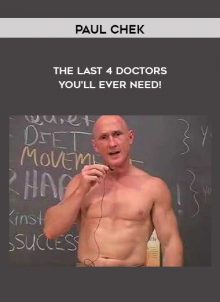 The last 4 Doctors You'll Ever Need! by Paul Chek
1 × $29.90
The last 4 Doctors You'll Ever Need! by Paul Chek
1 × $29.90 -
×
 Pechorin of RMES - Midnight Cowboy Drives Her Home
1 × $25.00
Pechorin of RMES - Midnight Cowboy Drives Her Home
1 × $25.00 -
×
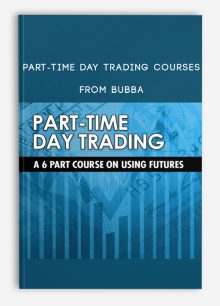 Part-Time Day Trading Courses from Bubba
1 × $147.00
Part-Time Day Trading Courses from Bubba
1 × $147.00 -
×
![Copy Hackers [Joanna Wiebe] – Email Copywriting](https://salaedu.info/wp-content/uploads/2017/02/Copy-Hackers-Joanna-Wiebe-–-Email-Copywriting-220x306.jpg) Email Copywriting from Copy Hackers [Joanna Wiebe]
1 × $47.00
Email Copywriting from Copy Hackers [Joanna Wiebe]
1 × $47.00 -
×
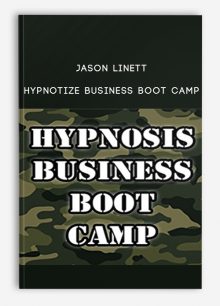 Jason Linett – Hypnotize Business Boot Camp
1 × $67.00
Jason Linett – Hypnotize Business Boot Camp
1 × $67.00 -
×
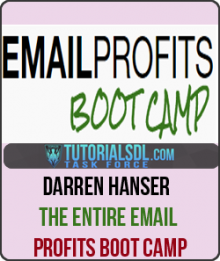 Darren Hanser - The Entire Email Profits Boot Camp
1 × $47.00
Darren Hanser - The Entire Email Profits Boot Camp
1 × $47.00 -
×
 Parkwoodcapitalllc - Basic Stock Market Investing
1 × $85.00
Parkwoodcapitalllc - Basic Stock Market Investing
1 × $85.00
Subtotal: $447.90

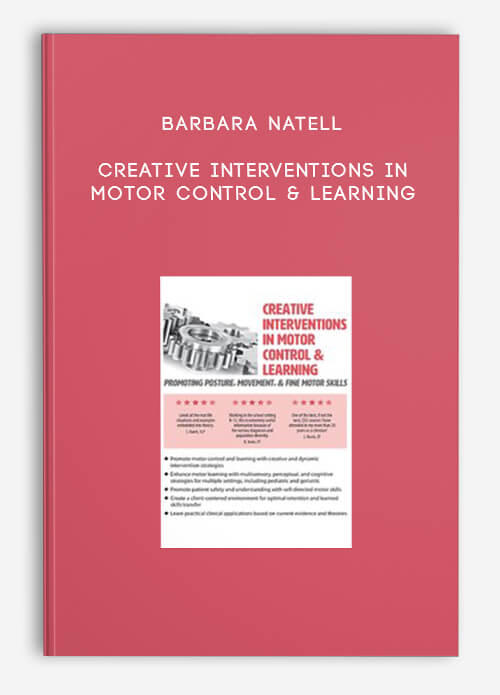

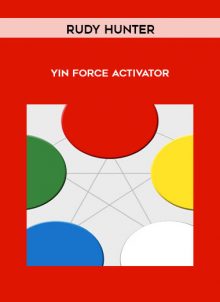

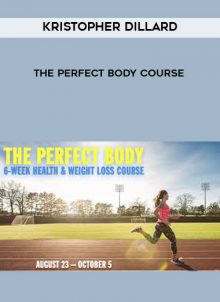


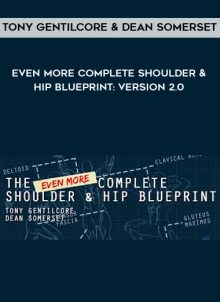
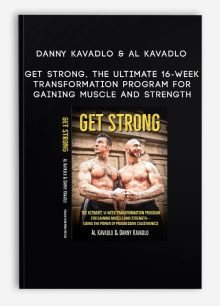
king –
We encourage you to check Content Proof carefully before paying.“Excepted” these contents: “Online coaching, Software, Facebook group, Skype and Email support from Author.”If you have enough money and feel good. We encourage you to buy this product from the original Author to get full other “Excepted” contents from them.Thank you!